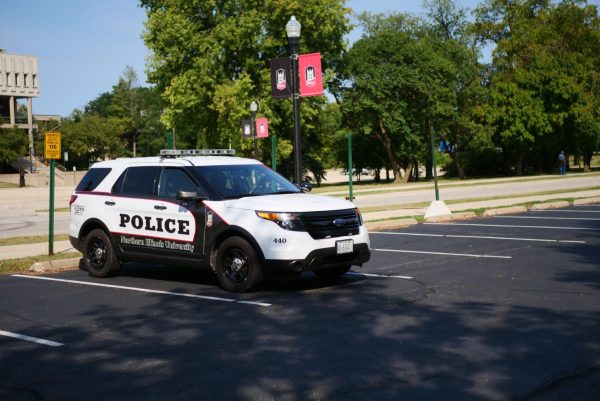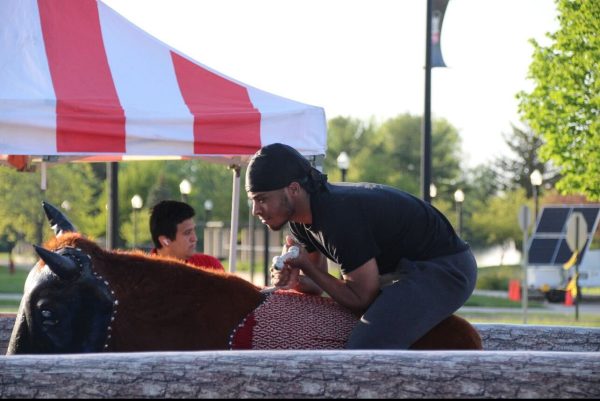Campus offenses up
May 1, 2003
Cheaters, fighters, abusers and drunks parade in and out of this office every year, and we are not talking about Jerry Springer’s booking agency.
Larry Bolles, director of the University Judicial Office, released his department’s yearly statistics this week, showing an increase of 127 cases this school year, from 1,043 in the 2001-2002 year to 1,170 as of April 29. Bolles said it was the normal mix of offenses this year, mainly alcohol violations, fighting, excessive noise and academic misconduct.
Alcohol violations traditionally are high in number, and this year was a typical year. After 179 different alcohol-related offenses this fall alone, as compared to 144 in fall 2001, the number dropped to 134 this semester. Of that 179, 105 of the cases were for underage possession. This number dropped dramatically in the second semester to 55, which was far less than the 71 cases in spring 2002.
There typically are more judicial cases in the fall semester than in spring, most likely because students are adjusting, or, in the case of returning students, readjusting to the rules, Bolles said.
Reports of academic misconduct decreased 41 percent from 152 to 90 this school year. Academic misconduct are mainly cases of students being caught cheating in their classes, Bolles said.
“Please read your course syllabus,” Bolles said, stressing that this is especially important for students whose course requires a lot of group work or a for a student who is repeating a course.
Many instructors require unique and original work for each course they teach, and consequences are more than just a bad grade on a paper or project, he said.
Fighting is something that has become a problem more recently for Bolles’ office. Fights are classified into two categories in the judicial office: physical abuse, which involves two people, and brawling, which involves more than two people. Although the number of cases involving fighting has decreased since last school year, the people involved in the altercations is what worries Bolles.
An increasing number of females are the ones involved in the majority of physical disputes here on campus, Bolles said.
“Moreso or not, it’s two or more women involved in a physical brawl,” he said, adding there are not a lot of fights involving two males. When it is men involved, Bolles said, it has typically been athletes fighting with non-athletes.
This is a problem that needs to be addressed, Bolles said. We need to makes sure the fighting does not continue.













